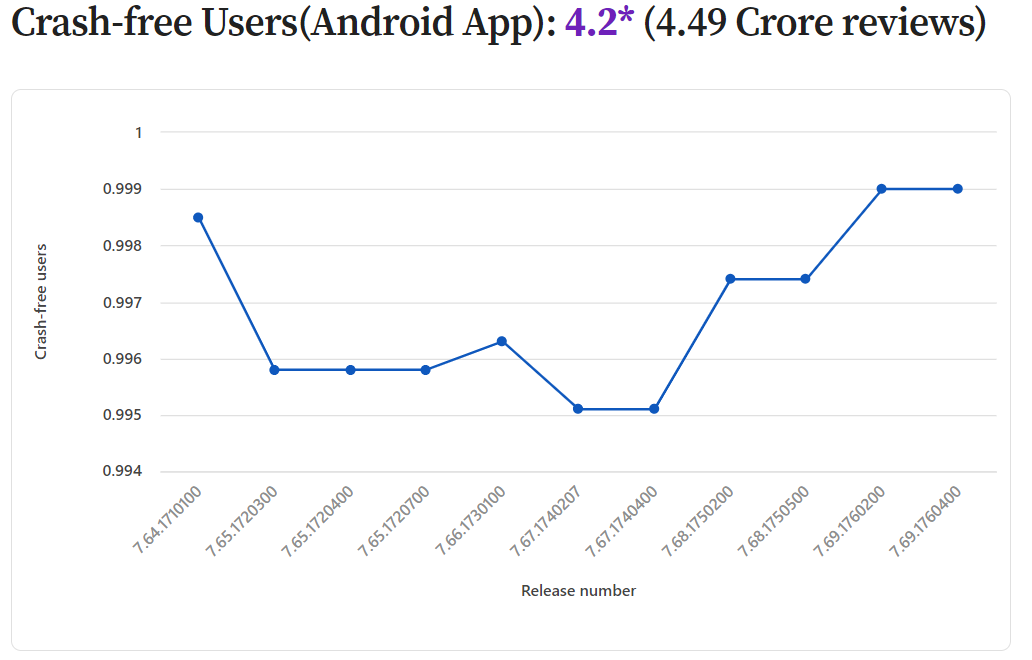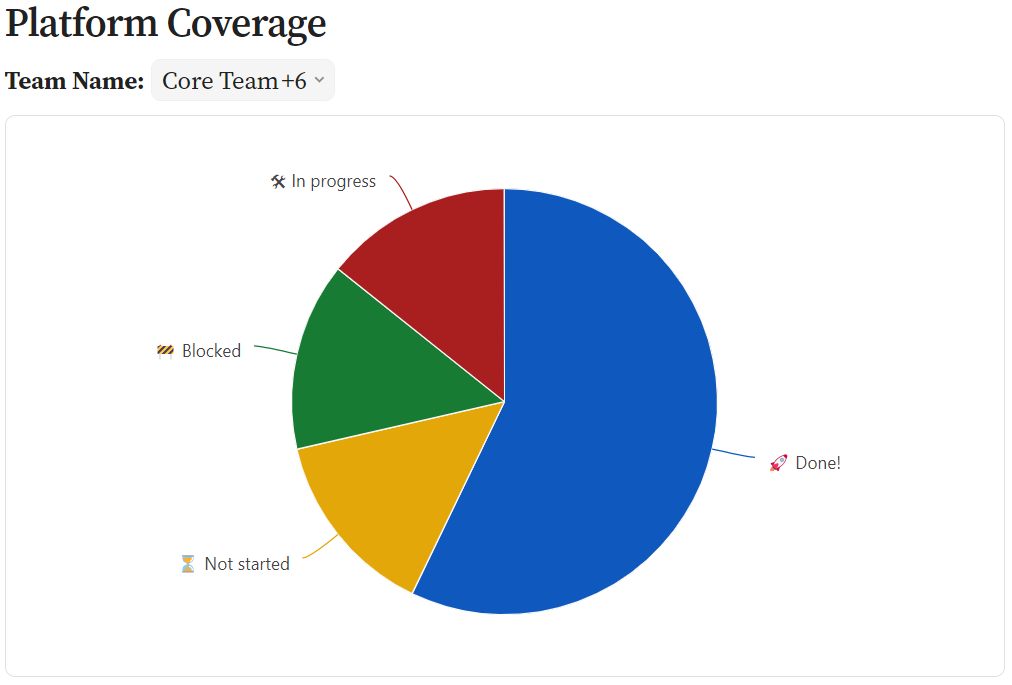
Software Testing
Prepared By Moolya
Prepared for Flipkart
Overview
As part of next 100 million targeted users for Flipkart, Vernacular languages were implemented in Flipkart app.
So as part of this we were asked to test the Flipkart app functionality & translation quality.
We had copywriters for each individual language who would create strings in correspondence with already existing languages in English and Hindi.
Each modules were picked and their set of strings were Qc’d with help of copy writers and then uploaded in database called IRIS. Further thorough testing of modules were done to ensure translation quality and functionality.
Then integration testing was performed after testing individual modules to ensure complete flow.
Considering the wider length string size of southern Indian languages, major check was to verify if text isn’t truncating/ bleeding.
However we were not only involved in translation testing, but the overall functional testing was done to ensure that user flow is working intact.
Every month we tried to improve the quality of strings by reconsidering the strings and suggestions of copywriter.
Dogfooding testing was performed before every release to consider the feedback from users who are familiar with the language.
Quality scores sheets were prepared in every sprint to evaluate the progress.
Competitor analysis was done to compare top e-commerce apps in terms of translational depth and quality.
Test Scope:
- Translation Quality
- UI/UX
- Functionality
- Competitor Analysis
- 10 languages (Hindi, Tamil, Telugu, Kannada, Marathi, Bengali, Gujarati, Oriya, Punjabi, Assamese & Malayalam)
Approach:
- Expert Tester’s good with the language
- Translation quality check manually per module
- UI/UX
- Functionality testing
- Dogfooding
Metrics captures:
- Correctness
- Language Accuracy
- UI / UX
- Functionality
Test Coverage
Building a useful mental model of the application under test, including what value it should provide and what risks could threaten that value. You can call this a strategy. Compare it with playing cricket, one don’t apply same strategy in a T20 game and test cricket. Strategy changes based on the context, one don’t apply same strategy while chasing 200 runs, while setting a target on a bowler friendly pitch. The context determines the strategy.
Strategy - is a set of guidelines that would help us to solve a problem. In our case we try solving a testing problem.
You can have a generic test strategy, but since you don’t test generic products, but only specific products, it will become better when it is made specific to what you are testing at the moment.
Your test strategy should give answers to
- Testing Objective
- Business / Release objective
- Source of Information
- Coverage
- Device / Browser / OS coverage
- Quality Criteria
- Feature Coverage
- Test execution - Like ET or Scripted or automated
Value Add
- Involvement in setting up Testing process - Requirement Analysis, Design Review, Test Case design & development, Test Execution & Test Closure
- Smooth Onboarding flow for new team members joining the team by bringing in proper process/documentation/mentoring
- Quality deployments on time with minimal production issues
- Bringing in testing initiatives like proper release cycles, Jira dashboards, Master Test Plan etc
- Upskilling & performing various testing like Competitor Analysis, Localization Testing, Exploratory Testing, API testing, Automation in limited time - Quick learning
- Extended Team Support during the release & major launches
- Active participation in activities like Bug bashes, Dogfooding, Fishfooding, War rooms
- End to end ownership for the projects handled & proactive in communicating with cross teams
Ownership and accountability
- Feature Testing
- Regression Testing
- Writing test cases for the feature and for regression
- Test data preparation
- Preprod testing
- Sanity testing
- Release testing
- Follow up with teams for issues
- Test Documentation
- Advocate Testing process and improve.


